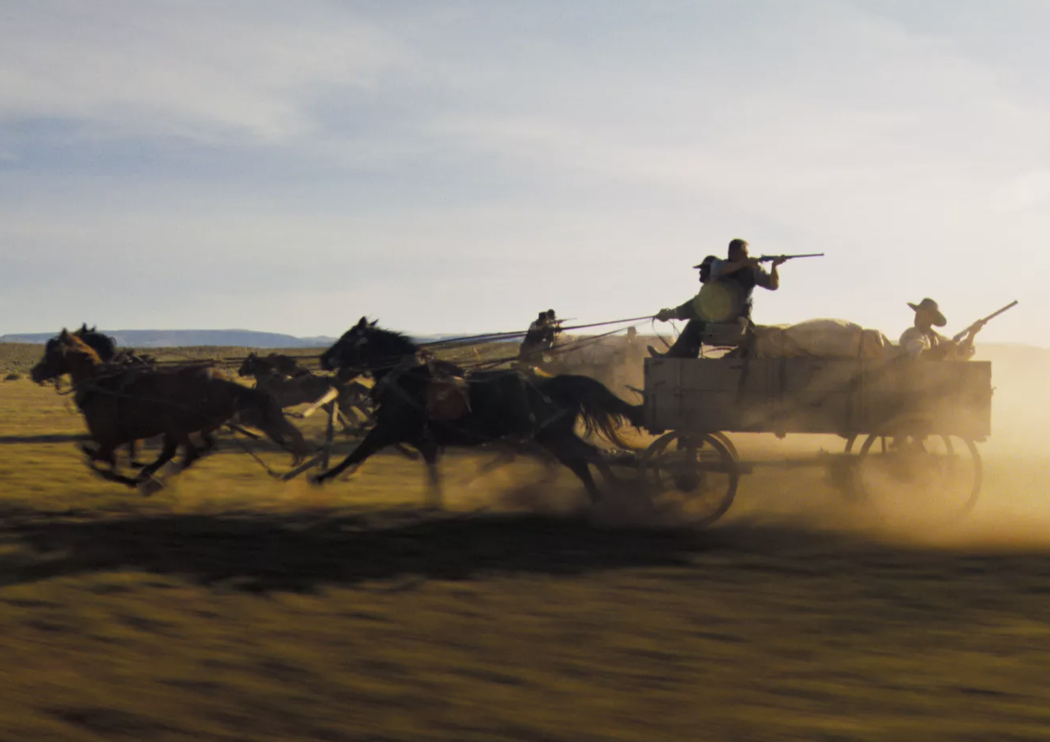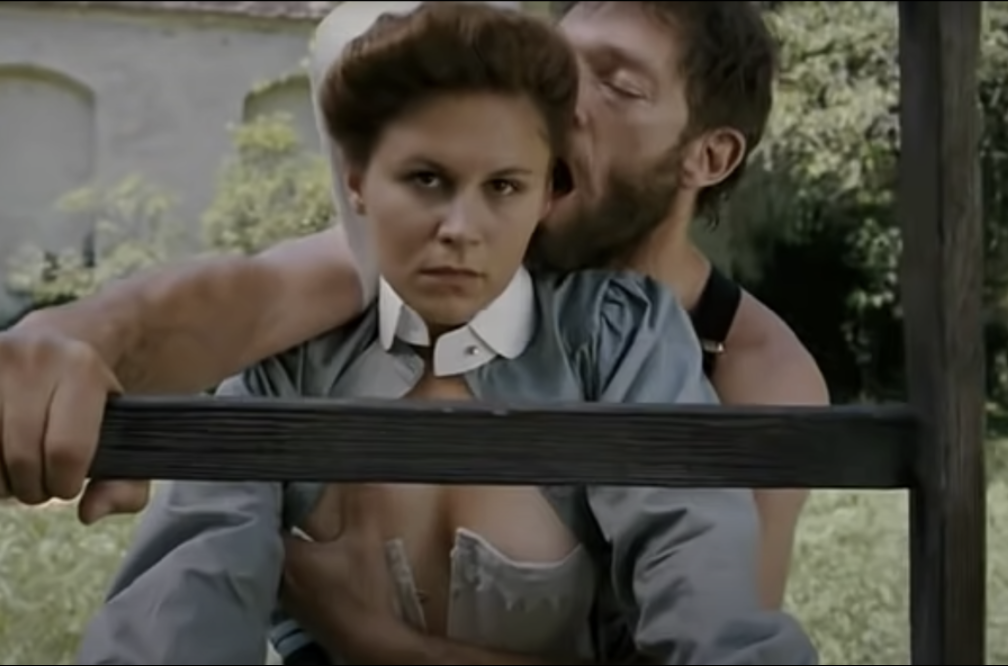Ron Howard‘s Eight Days A Week: The Touring Years, which I saw last night, reminded me that I’m really sick of listening to those same old recordings of the Beatles’ greatest hits from their early period (pre-Rubber Soul). You reach a saturation point with certain songs. Obviously Howard understands this, and yet he plays track after track of these top-40 groaners, over and over and over and over…Christ.
The reason, I’m presuming, is that Howard wants the doc to reach younger people who aren’t sick of these songs. That’s fine from a marketing standpoint but deathly from the perspective of any longtime fan. All I know is that I literally can’t listen to those standard-issue versions of these same old songs any more. The sound waves bounce off my ears because there’s a counter-voice inside me going “no…not again!”
There was one moment that really got me, and that was mainly because I’d never listened to the Beatles Anthology 1 album, a collection of alternate takes that covers their recordings from the late ’50s to late ’64. I had therefore, until last night, never heard a rough but very cool alternate version of “Eight Days A Week.” It begins with an “ooooo!” a cappella (joined by amped acoustic guitar) and finishes with the same “ooooo!” backed by full electric accompaniment and drums. (Plus the “week” in the chorus is sung in a harmonized falsetto.)
I’m telling you this track is 10 to 15 times better than the final version that everyone’s heard 17,000 fucking times. Listen to it — the final six bars of “oooo!” are perfect.
Eight Days A Week, which will have a blink-and-you’ll-miss-it theatrical exposure (via Abramorama) before the Hulu premiere on Saturday, 9.17, is nothing I’d want to put down.
It’s a pleasant, fast-moving recap of songs and footage from the Beatles’ concert-performing years, or the Liverpool-Hamburg era through their final performance at San Francisco’s Candlestick Park on 8.29.66.
The Beatles output from early ’64 to late ’66 was astonishing. They were delivering and connecting on a level that hadn’t been seen or felt in the pop-music realm ever, even by the measure of Frank Sinatra (early to mid ’40s) or Elvis Presley (mid ’50s). As some music critic said they were akin to Schubert and Mozart back then. The songs, notes and lyrics just poured out of them and into the public bloodstream.
There’s a great black-and-white shot of thousands upon thousands of Brits singing “She Loves You” in some soccer stadium. Says it all.
It’s intercut with the usual talking-head commentary (Paul McCartney, Ringo Starr, Elvis Costello, Whoopi Goldberg, Sigourney Weaver, et. al.) and blah blah. Yes, I smiled and tapped my left foot a few times. I had a reasonably good time but there’s no edge, no subterranean currents, no looking beyond the obvious here. It’s “fun”, pleasing, amusing but not that hip. It’s certainly no mind-blower.
The footage of their televised performance of “All My Loving” on their very first Ed Sullivan Show looks like dogshit. (It looks decent enough on that “Beatles First U.S. Visit” DVD — Howard and his tecchies couldn’t up-rez it?) The color footage of the 1965 Shea Stadium concert is decent enough, but Howard colorizes footage of their February ’64 JFK airport press conference as well as their Washington, D.C. concert, which happened a few days later.













